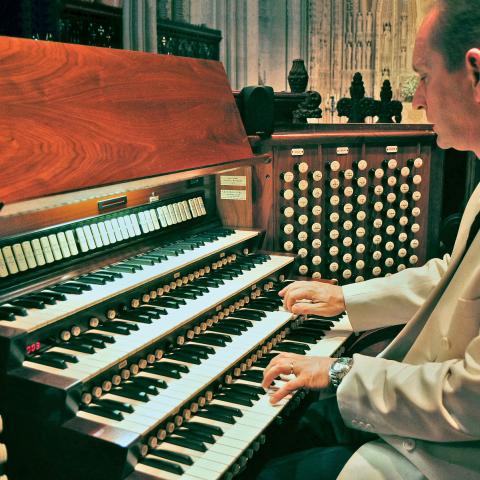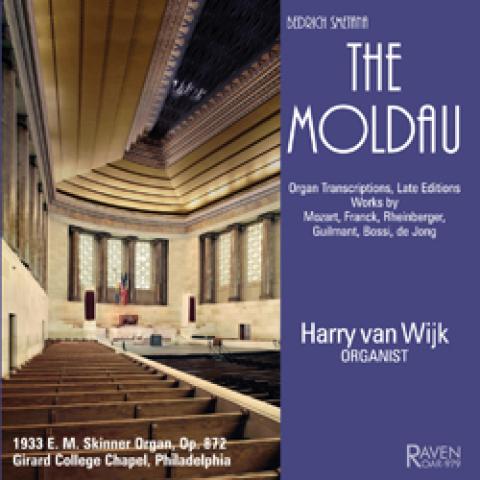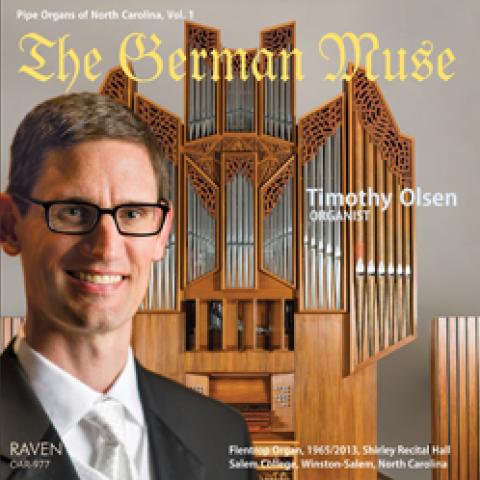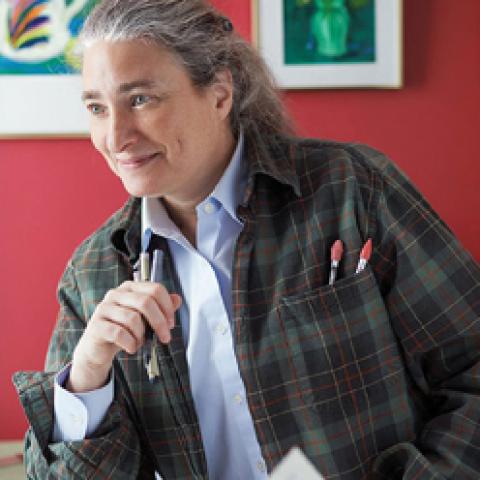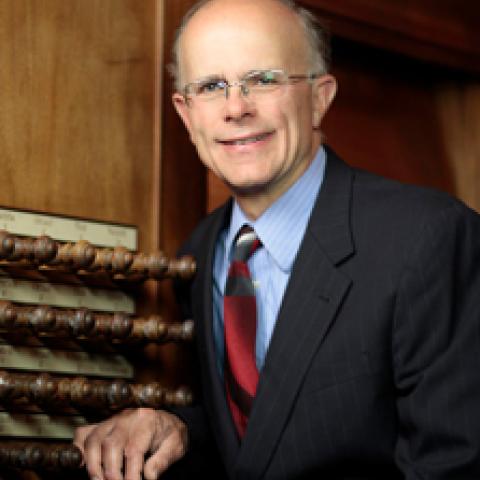Three new Raven CDs were pressed in September and are now available from www.RavenCD.com. They are also available from the Organ Historical Society and all will be released nationally in October and November and in Europe by December.
Boston-area organist Andrus Madsen, a native of Provo, Utah, explores his fascination with the keyboard works of Johann Pachelbel (1653-1706) on a 2-CD set (Raven OAR-919). The recording features three organs in central and southern Germany and Austria where Pachelbel had been active, including one organ that was definitely known to him, another that was probably known to him, and a large historic organ that emerged in a style embraced by Pachelbel but built after his death.
The instruments include the 1634 Andreas Putz / 1708 J. C. Egedacher organ located at the Abbey in Schlägl, Austria; the 1652 Compenius organ at the Michaeliskirche, Erfurt, Germany, as reconstructed in 2000; and the 1735 Gottfried Silbermann organ at the Petrikirche in Freiberg, Germany, restored in 2007. Of 42 works included on the two CDs, four are played on a harpsichord (Flemish double) built in 1990 by Robert Hicks and three are played on a clavichord built in 1974 by Christopher Clarke. The 2-CD set sells for the price of a single CD.
“I feel an affinity with the music of Pachelbel,” says Madsen. “Much of his output is wrongly assumed to be insubstantial but it can be quite exciting when the approach to playing is well considered and executed. Because so much of Pachelbel’s music tends toward the improvisatory or the expressive, he places responsibility in the performer’s hands.”
The duo of Ardyth Lohuis, organ, and Robert Murray, violin, have recorded the sixth volume in their series of CDs on the Raven label of repertoire for violin and organ, most of it original compositions for the instrumental combination. “An International Collection” (Raven OAR-923) presents nine works for violin and organ by composers of the 19th, 20th, and 21st centuries. Composers represented on the new release include Juhan Aavik of Estonia, Ottorino Respighi of Italy, Cor Kint of The Netherlands, E. I. Baghdasaryan of Armenia, Gustav Hägg of Sweden, Günther Raphael of Germany, Derek Healey of England, Victor Herbert of Ireland, Germany, and the United States, and U. S. composers Wilbur Held and Stephen Foster.
The organs used are the 1951/1968 Aeolian-Skinner at St. Stephen’s Episcopal Church, Richmond, and 1954 Austin / 1991 Guzowski & Steppe at Reveille United Methodist Church, Richmond. Robert Murray plays a violin built in 1729 by Carlo Bergonzi of Cremona, Italy.
Marking the 50th anniversary year of completion of the National Shrine of the Immaculate Conception in Washington, D. C. , and its musical history since 1959, Jeremy Filsell plays the 172-rank M. P. Möller pipe organ installed in 1964 in a new 2-CD set (Raven OAR-915) that sells for the price of a single CD. Heard on the recording is organ music first played at the National Shrine or which is by composers who are associated with the Shrine or music which was played there by well-known organists. Composers include Jean Langlais, Maurice Duruflé, Flor Peeters, Olivier Messiaen, Healey Willan, Fernando Germani, Marcel Dupré, Charles Tournemire, Malcolm Williamson, Daniel Roth, and Pierre Cochereau.
The foundation stone of the National Shrine was laid in 1920 and the first public Mass was held in the Crypt Church on Easter Sunday, 1924. The Depression and World War II interrupted construction which resumed in 1954. Although the exterior structure was completed in 1959, the ornamentation and embellishment of the interior continues to the present day. In 1990, Pope John Paul II elevated the National Shrine to the rank of a minor basilica, bestowing papal honor for its historical importance and its significance as a center of worship and devotion.
Jeremy Filsell was appointed Principal Organist of the Shrine in 2008, succeeding Robert Grogan who held the post 1967-2008. Filsell became Artist-in-Residence at the National Cathedral, Washington, D. C., in 2010.
Raven announces three new CDs
THE DIAPASON

